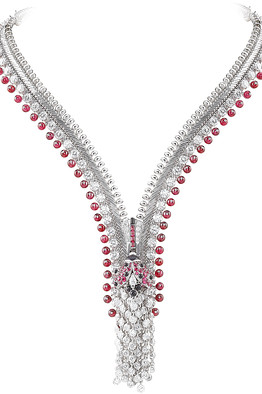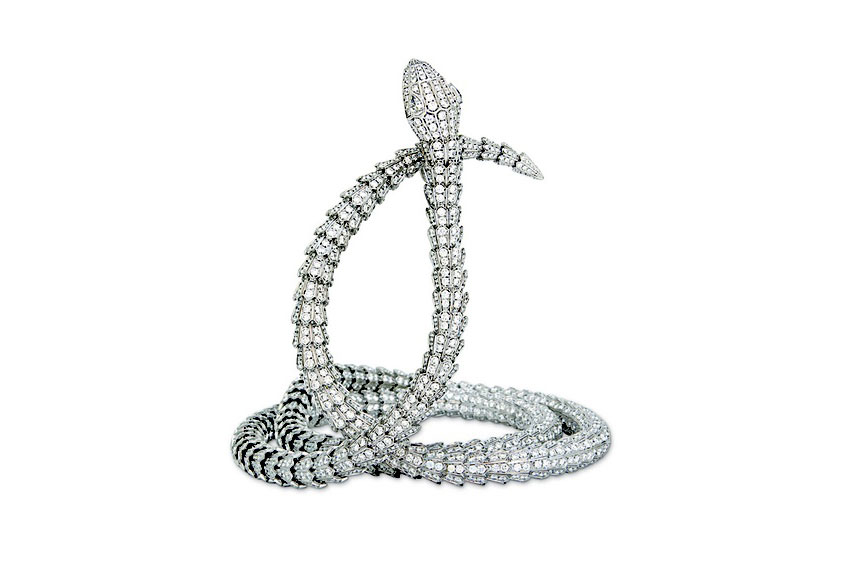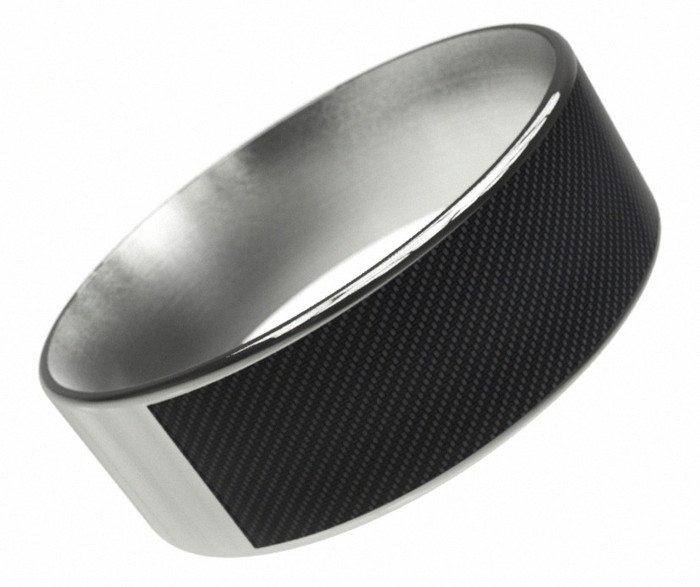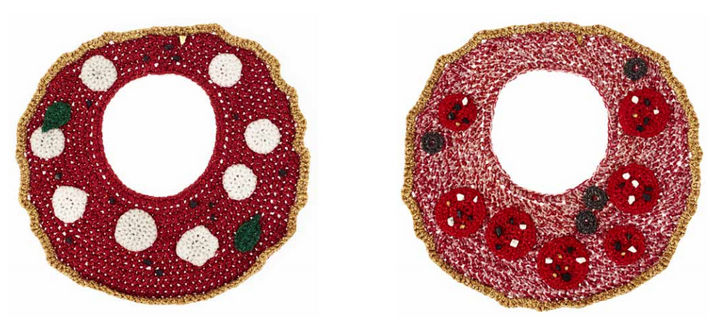What would you do with $1 million in your pocket? There’s no shortage of ideas, okay. But we suggest one: invest them in a wonderful jewel and, above all, capable of revaluing itself over time. In this way you will satisfy your aesthetic taste, but at the same time you will be sure of having concluded a good deal, given that the best pieces of jewelery have proven to be an excellent use for your money. Here are five ideas. In case you win the lottery…

1 Double twist serpent necklace by Bulgari. The Roman jeweler’s creation was originally conceived in 1940. Its length of 30 inches (76 centimeters), means it can be worn as a belt or a necklace, with the snake’s head at the front or back. This stunning jewel sparkles and sways just like a snake. It contains 3,318 (215 carats) of brilliant cut diamonds, i.e. approximately cone-shaped. The necklace is in white gold, the snake’s head sports two 0.85 carat pear-shaped diamonds.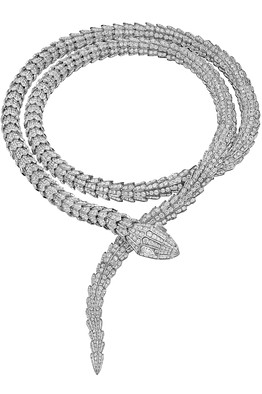
2 In 1979, diamond dealer Laurence Graff purchased a small Renoir painting for around $150,000. When asked why he had purchased such a modest-sized work, the jeweler replied: “So I can put it in the safe with my diamonds.” Since then, the Renoir has been released from the safe, but Graff’s diamonds still remain jealously guarded. Graff continues to operate as a family business, with son Francois Graff as CEO. Its global presence with 35 stores extends beyond the main stores in London and New York to include hot-spots such as Dubai and Shanghai. The jeweler’s most famous work is The Graff Constellation, featuring the world’s largest round and perfect D-class diamond. It took a year, and thousands of hours of painstaking precision cutting, for Graff to yield a polished jewel, shaped like a mesmerizing 102.79-carat stone.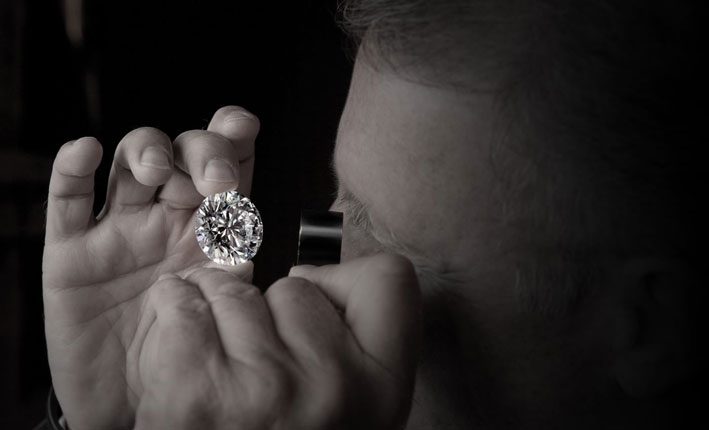
The diamond necklace you see in the photo was made of white gold, and has a total carat weight of 46.57. The 94 diamonds get progressively larger, starting at the back of the neck, at 0.75 carats, the lowest-hung center wire in front, which features a 2.80 carat of diamonds. It costs just $1 million.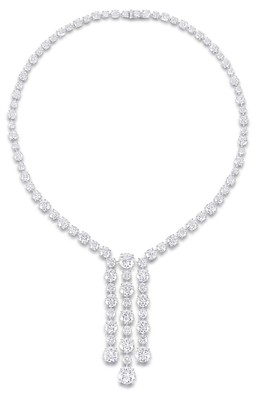
3 On July 28, an armed thief stole $136 million in Leviev jewelry from the Carlton hotel in Cannes, France. The robbery is the largest jewel theft in French history. But the Israeli billionaire, owner of the Lev Leviev company, was already known. In the mid-1990s, Leviev played a controversial role in the diamond industry. Now his company is able to produce, cut and polish some of the most beautiful diamonds in the world. Like those that form this necklace with six emerald-cut diamonds, for a total carat weight of 16.59. The platinum matches the 18-karat yellow gold chain, which acts as a common thread between the stones. The centerpiece is a 10.05-carat heart-shaped yellow diamond of extraordinary clarity, producing a champagne-colored glow.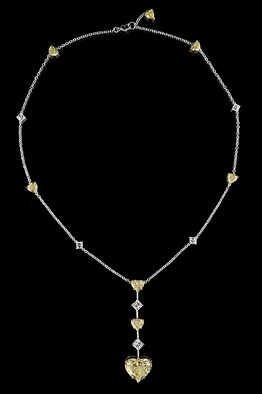
4 In 1893, Kokichi Mikimoto cultivated the first Akoya pearls in Toba, Japan. His techniques revolutionized the pearling industry, which until then had only used natural ones. Mikimoto combined mass production with a rigorous grading system, which sets the standards for pearl production and is still used today. The grading system for pearls starts from the bottom: A, A+, AA, AAA at the highest. Only 3 to 5% of the pearls collected are used in Mikimoto’s creations. The shine of a pearl is given by a substance called iridescent nacre, which the oyster produces naturally. Typical colors are white, black and golden. This Bianco South Sea necklace pictured is 43 centimeters (17 inches) long, with 25 pearls and a 13 millimeter clasp. The clasp is made up of 128 stones, for a total of 3.05 carats and is made of platinum. The pearls, well spaced on a silk thread, range from 17 to 19.5 millimeters in diameter. Finding a necklace with 25 pearls all graded A, with similar color, spherical perfection, and size is no small thing. A jewel like this can require a long production of 3-5 years.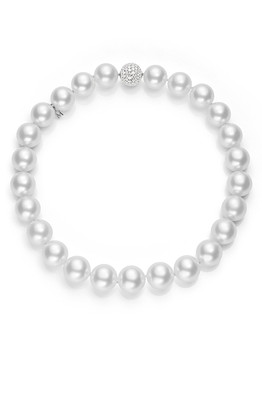
5 Since its foundation in 1906, the Parisian jeweler Van Cleef & Arpels has been called upon to produce works of the highest quality. Among his most famous is this intertwining of rubies and diamonds: the Zip necklace, commissioned by King Edward VIII for the Duchess of Windsor, i.e. Wallis Simpson. After the Zip necklace was created for the Duchess in 1938, Van Cleef made many variations. The piece pictured is part of the jeweler’s collection, Palais de la Chance, inspired by a myriad of lucky symbols. There are 48 round pearls and 251 round diamonds in the necklace.